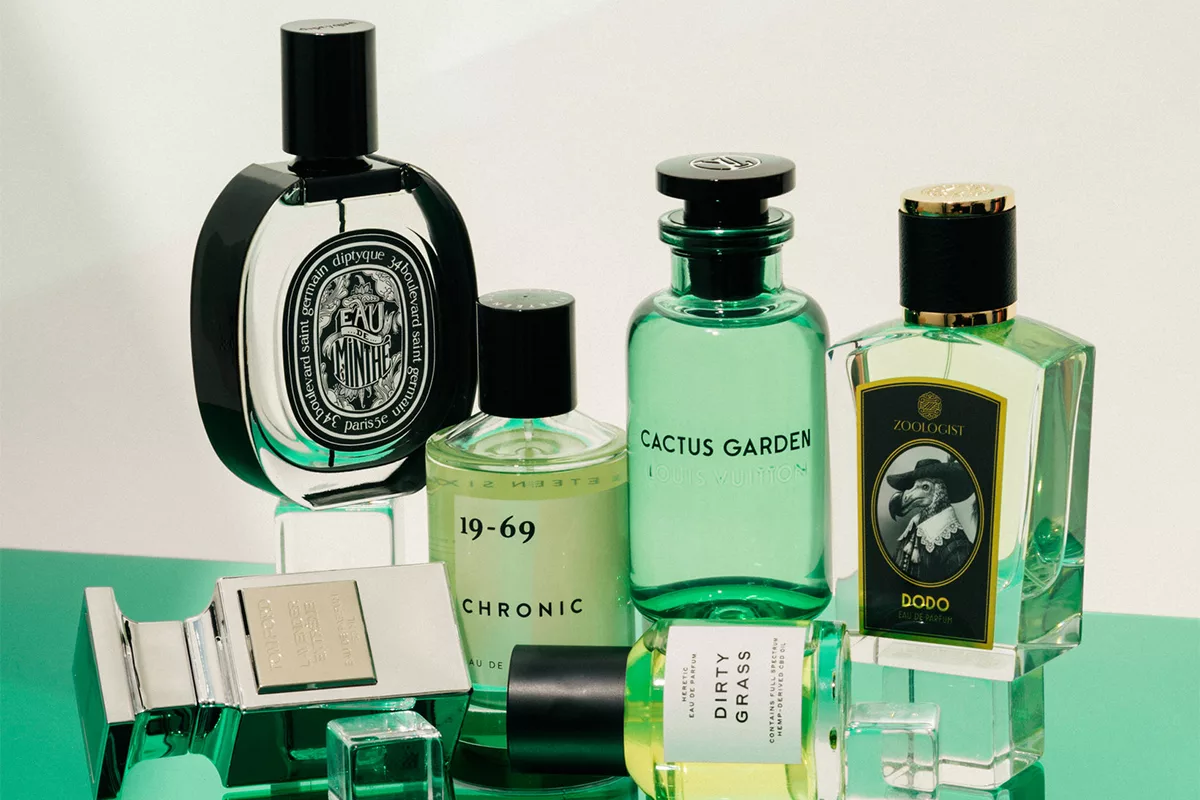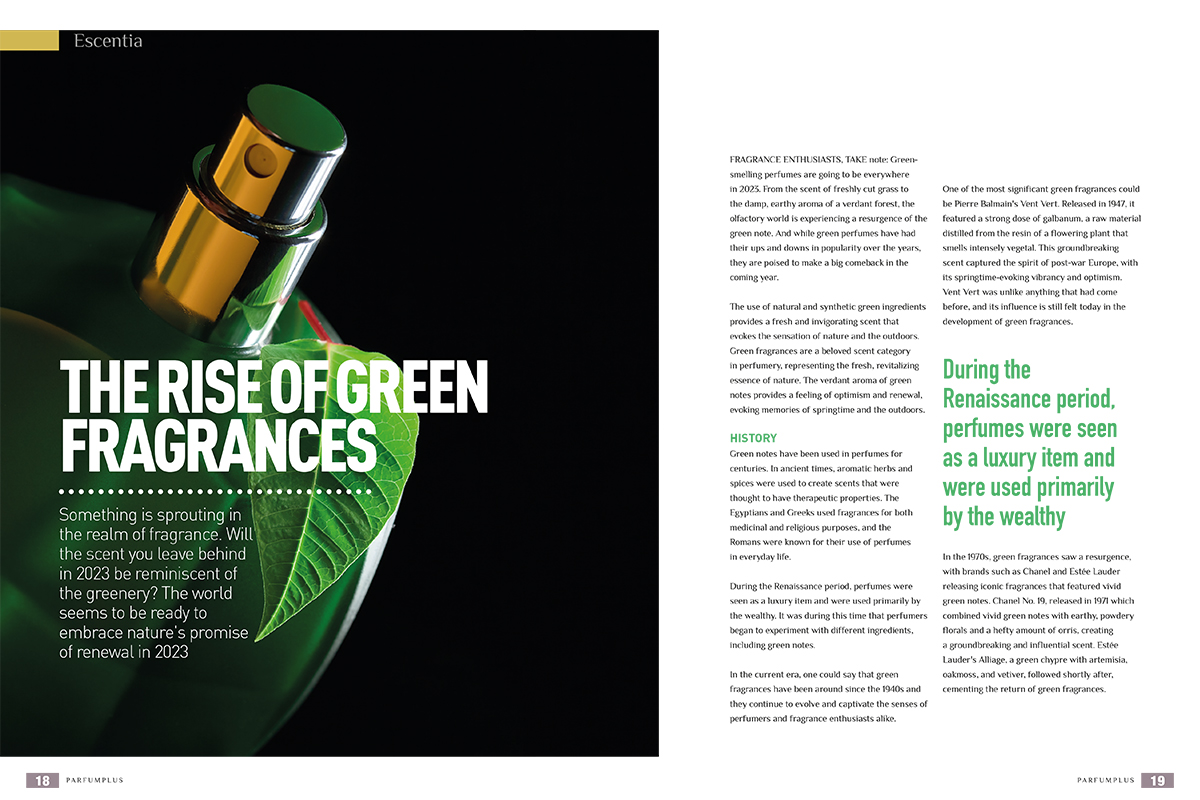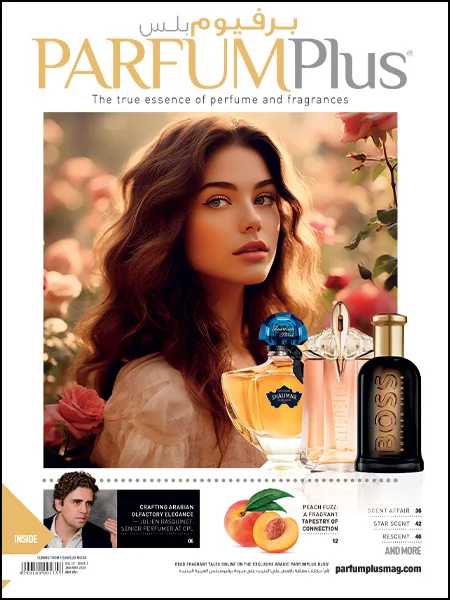
The Rise Of Green Fragrances
Something is sprouting in the realm of fragrance. Will the scent you leave behind in 2023 be reminiscent of the greenery? The world seems to be ready to embrace nature's promise of renewal in 2023
Fragrance enthusiasts, take note: Green-smelling perfumes are going to be everywhere in 2023. From the scent of freshly cut grass to the damp, earthy aroma of a verdant forest, the olfactory world is experiencing a resurgence of the green note. And while green perfumes have had their ups and downs in popularity over the years, they are poised to make a big comeback in the coming year.
The use of natural and synthetic green ingredients provides a fresh and invigorating scent that evokes the sensation of nature and the outdoors. Green fragrances are a beloved scent category in perfumery, representing the fresh, revitalizing essence of nature. The verdant aroma of green notes provides a feeling of optimism and renewal, evoking memories of springtime and the outdoors.
History
Green notes have been used in perfumes for centuries. In ancient times, aromatic herbs and spices were used to create scents that were thought to have therapeutic properties. The Egyptians and Greeks used fragrances for both medicinal and religious purposes, and the Romans were known for their use of perfumes in everyday life.
During the Renaissance period, perfumes were seen as a luxury item and were used primarily by the wealthy. It was during this time that perfumers began to experiment with different ingredients, including green notes.
In the current era, one could say that green fragrances have been around since the 1940s and they continue to evolve and captivate the senses of perfumers and fragrance enthusiasts alike.
One of the most significant green fragrances could be Pierre Balmain's, Vent Vert. Released in 1947, it featured a strong dose of galbanum, a raw material distilled from the resin of a flowering plant that smells intensely vegetal. This groundbreaking scent captured the spirit of post-war Europe, with its springtime-evoking vibrancy and optimism. Vent Vert was unlike anything that had come before, and its influence is still felt today in the development of green fragrances.
In the 1970s, green fragrances saw a resurgence, with brands such as Chanel and Estée Lauder releasing iconic fragrances that featured vivid green notes. Chanel No. 19, released in 1971 combined vivid green notes with earthy, powdery florals and a hefty amount of orris, creating a groundbreaking and influential scent. Estée Lauder's Alliage, a green chypre with artemisia, oakmoss, and vetiver, followed shortly after, cementing the return of green fragrances.
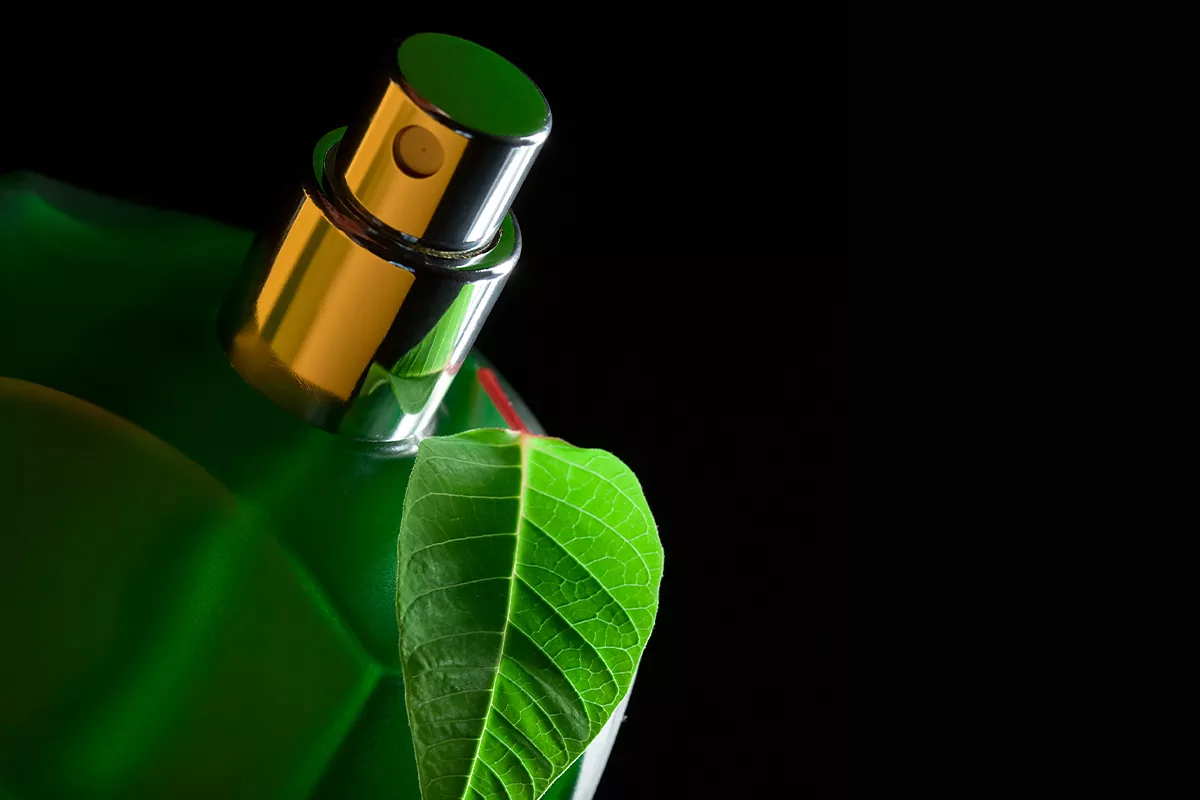
Popularity
Green fragrances have remained popular in the current market, with many consumers seeking out scents that evoke the sensation of nature and the outdoors. Many perfumers are now using natural and organic ingredients to create fragrances that are both eco-friendly and luxurious.
Green notes such as basil, mint, and citrus provide a fresh and natural scent that is both invigorating and calming. With the increasing popularity of sustainable and eco-friendly products, fragrances with green notes have become even more significant. These fragrances appeal to consumers who are looking for products that are both sustainable and effective.
Brands like Diptyque and Jo Malone have released green fragrances that capture the essence of nature in a fresh and modern way. Diptyque's Eau des Sens is a vibrant, citrusy fragrance that combines bitter orange and juniper berries with the green freshness of angelica root. Jo Malone's English Pear and Freesia is another notable example, with a delicate blend of green pear, white freesia, and patchouli.
Versatility
Their versatility, genderlessness, and ability to evoke feelings of optimism and renewal make them an enduring and exciting option for perfumers and consumers alike.
The versatility of green fragrances is one of their most appealing qualities. A wide range of raw materials, both natural and synthetic, can provide green notes in fragrance compositions.
Violet leaf, vetiver, petitgrain, geranium, and oakmoss are frequent headliners, along with herbaceous notes like rosemary and sage, or balsamic evergreens like pine.
Flowers can also smell green, with narcissus, hyacinth, lily-of-the-valley, and mimosa being notable examples. While green fragrances are traditionally associated with sporty, casual spritzes for spring and summer, they can also be incredibly resonant in colder months.
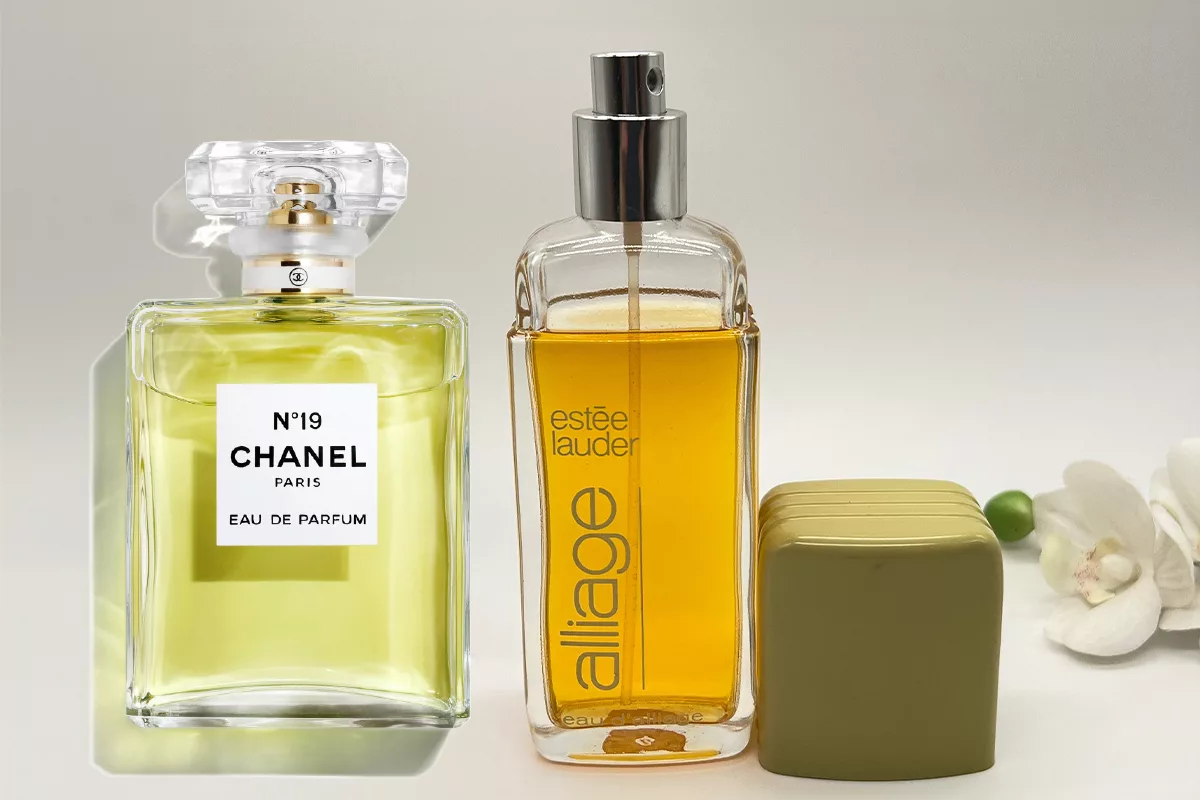
Green notes provide a reminder that life will stir again, full of possibility, even when much of the world's green is sleeping. The inherent genderlessness of green fragrances is another attractive quality. They are often perceived as daring and revelatory, even strange when smelled on skin, making them an exciting option for fragrance enthusiasts.
Whether you prefer a fresh and fruity scent or a sophisticated and elegant fragrance, there is a green fragrance out there for everyone. Green fragrances are a timeless scent category in perfumery that continues to captivate the senses of fragrance enthusiasts around the world.


